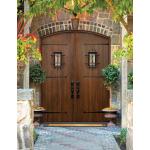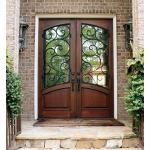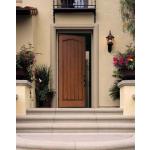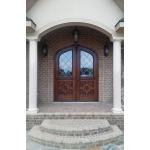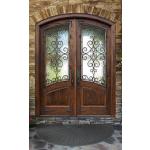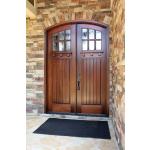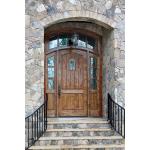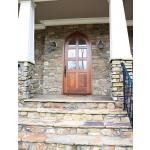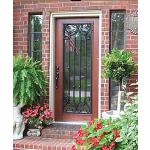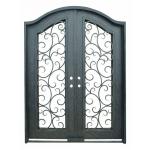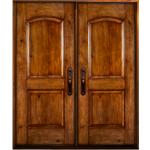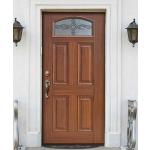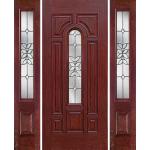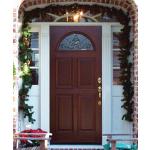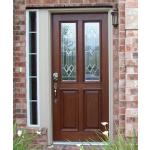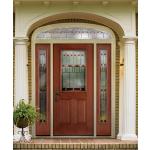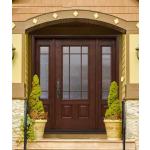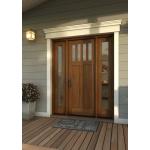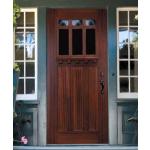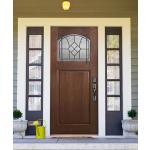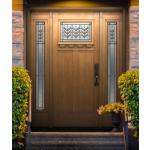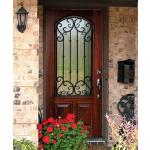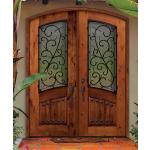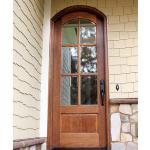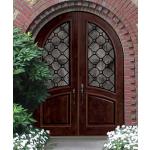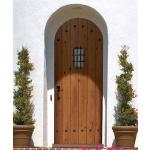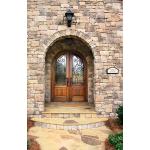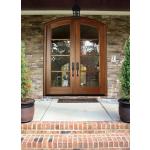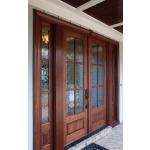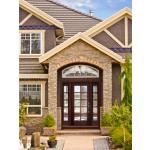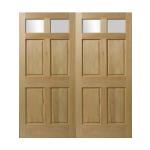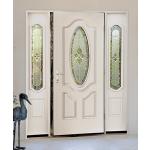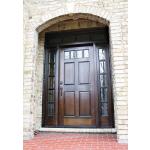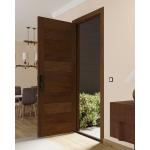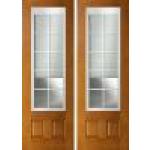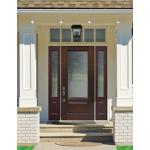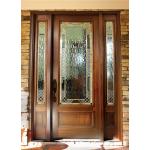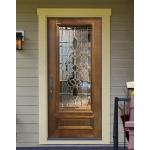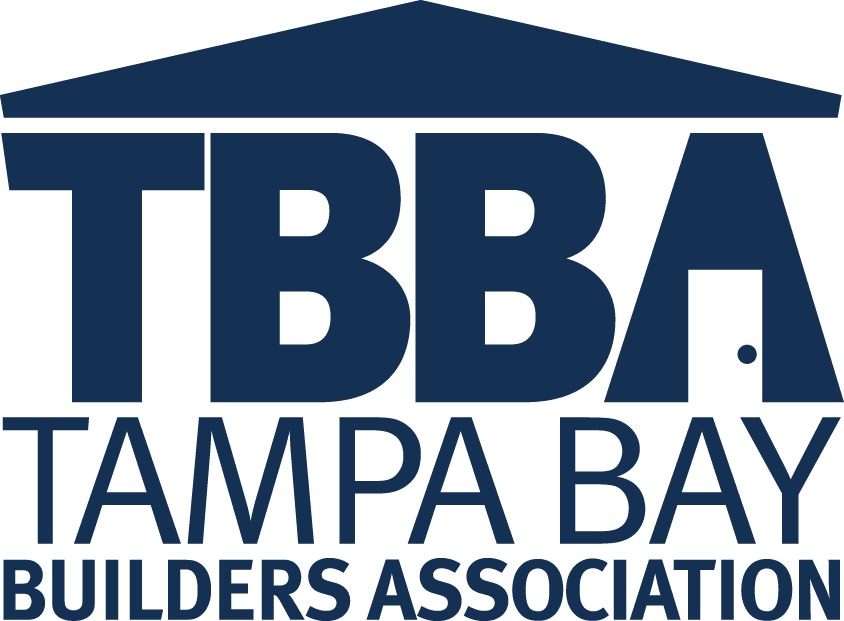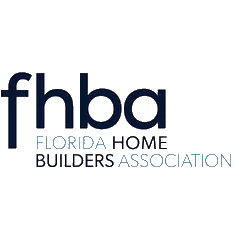Collections
Not paying enough attention to your front door can be a mistake when it comes to the overall impression of your home when family and friends come to visit, and it can also be a security concern if you're dealing with a finicky front door that may not shut and lock properly, raising the risk of some kind of burglary or another type of security breach event. But you can't just go to the store and buy any residential exterior door and hope it all works out. After all, doors have certain orientations and purposes, and what works great in one situation may not work at all in another, and it's important to know the difference.
Right or Left Handed?
First up, you'll need to know the handedness of your door. While most exterior front doors open from the left to the right, requiring the use of the right hand to open and walk through the doorway, other doors may open from the right to the left, meaning that they're left-handed doors. When in doubt, just open the door and stand in the doorframe with the hinges to your back. If the doorknob is on your right, it's a right-handed door. On the other hand, if the doorknob is on your left, it's a left-handed door.
Slab and Pre-Hung Exterior Doors
It's also important to get the right door type for your entryway, which means that you'll need to decide on whether you want a pre-hung exterior door or a slab door. Pre-hung doors include both the door and the door frame, giving you a chance to match the frame to the door, while slab doors are just the door itself, ready for mounting. Keep in mind that older slab doors may not be able to be replaced in place without also replacing the door frame. That's because older door frames may no longer hold a seal with the door, leading to climate issues inside.
Material Options
Aside from looks, one of the most important features of exterior doors is the material that they're made out of. While most exterior doors are made from wood, modern exterior doors can be made from a variety of materials, all of which affect security, longevity, and look. Wooden exterior doors are the most common option, and they're available in a variety of woods, such as hardwood and pine, as well as with and without glass insets. They're secure and dent-resistant, but they may require periodic maintenance to preserve the look. Fiberglass represents a good alternative to wood doors, especially because they can be more highly insulated and available in various textures and colors to match your home's facade. For homeowners that need additional security measures or that crave striking, distinctive looks, metal doors such as steel or iron are built to last and look great. From ornate to minimal designs, a metal door is secure, durable, and will not rot, warp or splinter.
Don't Forget Size
If you're replacing an existing door, you'll need to know your exterior door sizes before you can pull the trigger on a new door. When measuring, keep in mind that most exterior entry doors are a standard size, though custom doors can be built to fit any sized opening.

